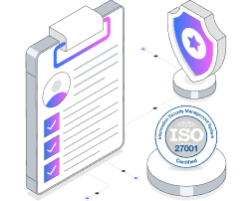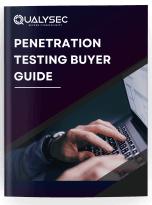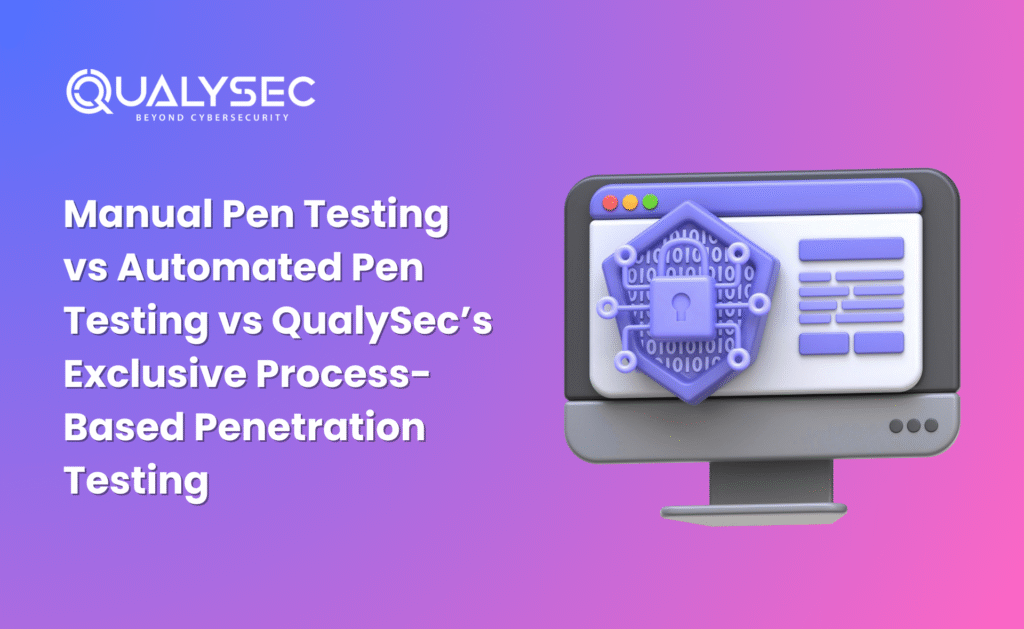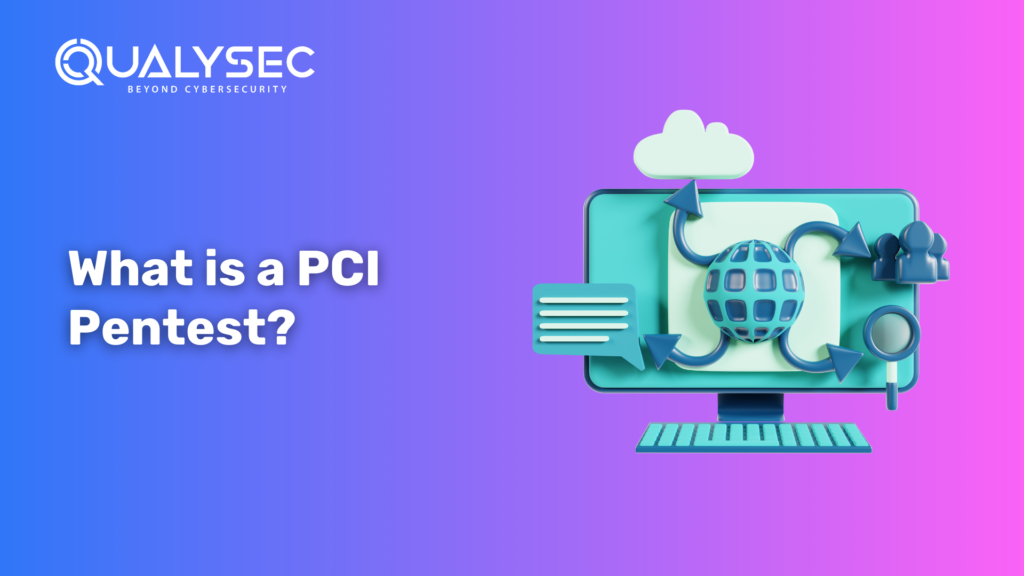Manual Pen Testing vs Automated Pen Testing vs QualySec’s Exclusive Process-Based Penetration Testing
Choosing the right testing approach isn’t just about ticking a box for compliance. It’s about reducing risk, building customer trust, and protecting your business against costly security breaches. But with terms like manual pen testing vs automated pen testing, and process-based penetration testing floating around, how do you know which method best protects your software? This blog unpacks the key differences, benefits, and limitations of manual testing, automated testing, and QualySec’s exclusive process-based penetration testing. By the end, you’ll understand which approach best fits your needs and why a layered or hybrid strategy could be the smartest move. Why Testing Matters in Modern Businesses? The digital transformation is happening so quickly that new vulnerabilities are emerging every day. The 2025 IBM Cost of a Data Breach Report predicts that data breach costs will continue to rise, potentially exceeding $5 million on average. Meanwhile, customers and regulators expect higher standards for software reliability and security than ever before. Whether you’re developing a mobile app, SaaS platform, or enterprise system, robust testing helps you: But which type of software testing is right for your specific challenges? Let’s compare three core approaches. Understanding Manual Penetration Testing Manual penetration testing is a hands-on security assessment conducted by experienced ethical hackers. Unlike automated tools, manual testers use real-world attack strategies, creativity, and expertise to probe your systems for vulnerabilities. These human testers think like actual adversaries, often uncovering issues that software alone cannot detect. Key Features of Manual Pen Testing When Is Manual Penetration Testing Most Effective? Manual penetration testing truly comes into its own in environments where complexity, risk, and compliance requirements demand a higher level of scrutiny and adaptability. While automated tools are useful for identifying known vulnerabilities and performing broad scans, manual testing brings a human element that excels in more nuanced, context-driven scenarios. Here are the key situations where manual pen testing proves most effective: 1. Complex Systems and Architectures Manual testing is especially valuable when dealing with intricate web applications, IoT environments, or APIs that don’t follow standard protocols. These systems often involve unique user flows, custom integrations, or business logic that automated tools may not fully understand. A human tester can explore the system in depth, identify edge cases, and uncover hidden vulnerabilities that machines often miss. 2. Regulatory and Compliance Demands Industries that operate under strict regulatory frameworks—such as finance, healthcare, and government, often require high-assurance testing to meet compliance standards like HIPAA, PCI-DSS, or GDPR. Manual testing provides the detailed, contextual insights these industries need to demonstrate that their systems are not only secure but also compliant with specific legal and regulatory mandates. 3. High-Value or High-Risk Targets Organizations that handle sensitive data or critical infrastructure, think banking systems, cloud service providers, or national security assets, need the most thorough security assessments available. A breach in these environments could have catastrophic consequences. Manual testing allows for deep, methodical examination of potential attack vectors, which make it an essential tool for protecting high-value assets. Key Advantages of Manual Pen Testing Manual penetration testing offers several unique benefits that automated tools simply can’t replicate: Drawbacks of Manual Pen Testing Despite its many advantages, manual pen testing isn’t always the right choice for every situation. Below are a couple of limitations to consider: Thus, manual testing does require more investment, but the quality and depth of insights it provides often make it well worth the effort. Latest Penetration Testing Report Download Automated Penetration Testing Automated penetration testing, which is commonly called automated pen testing, is a technique employed by security experts to test the vulnerability of computer systems using specialized tools in the form of software. Rather than simply doing manual testing, this method includes the application of automated scripts and preconfigured attack techniques for checking systems for weaknesses. Such tools are programmed to simulate the methods of evil hackers, probing networks, applications, and attached devices for known security vulnerabilities. In comparing Manual Pen Testing and Automated Pen Testing, it is obvious that though automation has speed and scale, it might overlook intricate vulnerabilities that can be discovered by human know-how only. After the testing is finished, automated software produces detailed reports that identify the vulnerabilities found and usually provide recommendations for remediation. While automated pen testing has its limits, there are certain situations where it truly shines: 1. Regular or Scheduled Scans If your organization performs routine vulnerability assessments – whether monthly, quarterly, or after system updates – automated tools are perfect for the job. They make sure timely checks without the need for continuous manual effort. 2. Large, Uniform Environments Organizations with vast IT infrastructures that include similar or identical systems (such as servers, workstations, or IoT devices) benefit significantly. Automated tools can quickly scan these environments without needing custom configurations for each asset. 3. Limited Security Resources For teams with a smaller cybersecurity budget or limited access to expert personnel, automated testing offers a reliable way to maintain basic security assurance without the costs of hiring external consultants. Advantages of Automated Penetration Testing Automated pen testing isn’t just about convenience, it also offers a range of practical benefits: Because it requires fewer human hours, automated testing is generally more affordable than manual assessments. This makes it a viable option for small businesses or teams operating under financial constraints. Automated tools deliver reports almost immediately after the scan is complete, which help teams react quickly to address critical issues. Tests can be run as often as needed – daily, weekly, or after each system update so that your security posture is always up to date. Limitations of Automated Pen Testing Despite its advantages, automated penetration testing isn’t a one-size-fits-all solution. There are a few key limitations to be aware of: These tools operate based on preloaded vulnerability databases. As a result, they may overlook newly discovered or obscure threats that aren’t yet included in the system. Automated scanners can’t understand business logic or complex user behaviors. This makes them ineffective at identifying vulnerabilities that arise from unique





